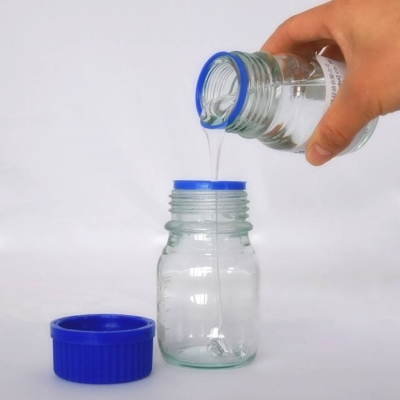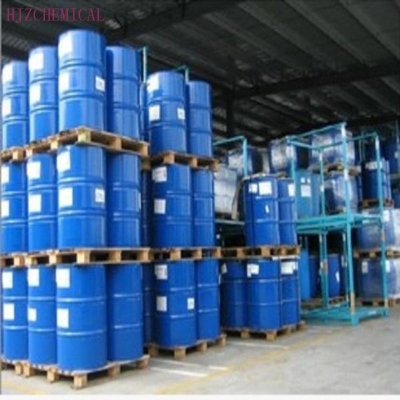-
Categories
-
Pharmaceutical Intermediates
-
Active Pharmaceutical Ingredients
-
Food Additives
- Industrial Coatings
- Agrochemicals
- Dyes and Pigments
- Surfactant
- Flavors and Fragrances
- Chemical Reagents
- Catalyst and Auxiliary
- Natural Products
- Inorganic Chemistry
-
Organic Chemistry
-
Biochemical Engineering
- Analytical Chemistry
-
Cosmetic Ingredient
- Water Treatment Chemical
-
Pharmaceutical Intermediates
Promotion
ECHEMI Mall
Wholesale
Weekly Price
Exhibition
News
-
Trade Service
6.
Production process
1) Acylation condensation
First add 1500L of water into the reaction kettle, heat to 85℃, then add 534kg of p-toluidine (100% converted), then slowly add 950.
3kg of p-toluenesulfonyl chloride, while constantly adding soda lye to control the pH of the feed solution Is 8
.
The feeding time is about 1h
2) Nitrification
First add 180L of chlorobenzene and 450kg of the above acylate into the nitrification kettle, and adjust the temperature to 33~35℃
.
Stir for 15min
3) Hydrolysis and neutralization
Put 850L of 93% sulfuric acid into the hydrolysis kettle
.
Adjust the temperature to 40°C, that is, add 1300kg of the above nitrate (weight of the dry product), the feeding time is about 3h, and the temperature is 40-55°C
7.
Product Standard
8.
Quality inspection
1) Assay
Weigh 1.
5~2.
0g of the sample (accurate to 0.
001g) and place it in a 500mL beaker
.
Add 30mL of glacial acetic acid , 15mL of hydrochloric acid and 20mL of distilled water, and heat to 70°C to completely dissolve
Where: V—volume of sodium nitrite standard solution consumed during titration, mL;
V 1 —The volume of sodium nitrite standard solution consumed in the blank experiment, mL;
c——The molar concentration of sodium nitrite standard solution, mol/L;
G——The mass of the sample, g
.
2) Determination of impurities insoluble in hydrochloric acid
Weigh about 5g (accurate to 0.
001g) of the sample, place it in a 250mL beaker, add 50mL of hydrochloric acid and 50mL of boiling water, and heat until all is dissolved
In the formula: G 1 ——residue mass, g;
G—The mass of the sample, g
9.
It is mainly used as a developer for dyeing and printing cotton, silk and cotton fabrics, and as an intermediate for the preparation of lakes
10.
(1) P-toluidine and p-toluenesulfonyl chloride are organic drugs, and chlorobenzene is moderately toxic, so care must be taken during operation
(2) It is toxic to methyl o-nitroaniline and cannot be stored and transported with food
.
(3) When transporting, store it in a cool, ventilated and dry warehouse to prevent heat and moisture
.







